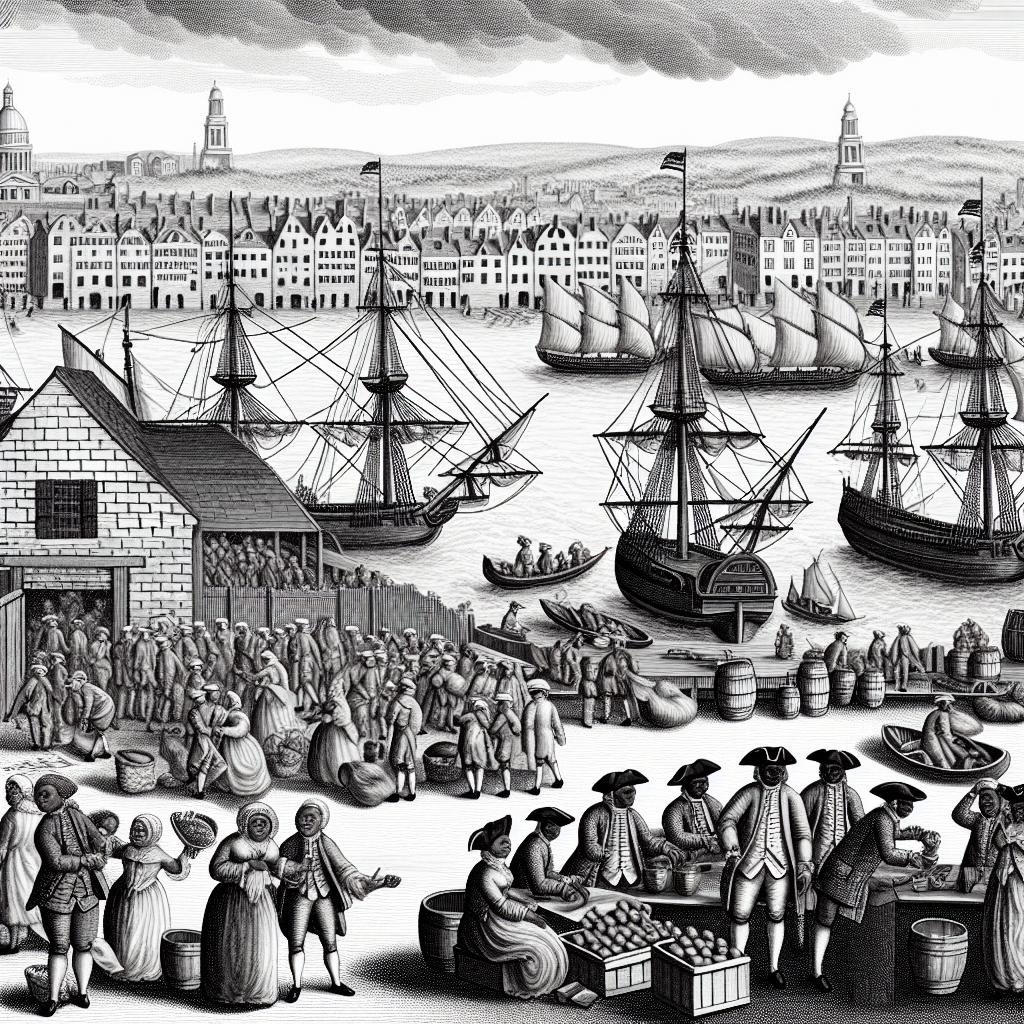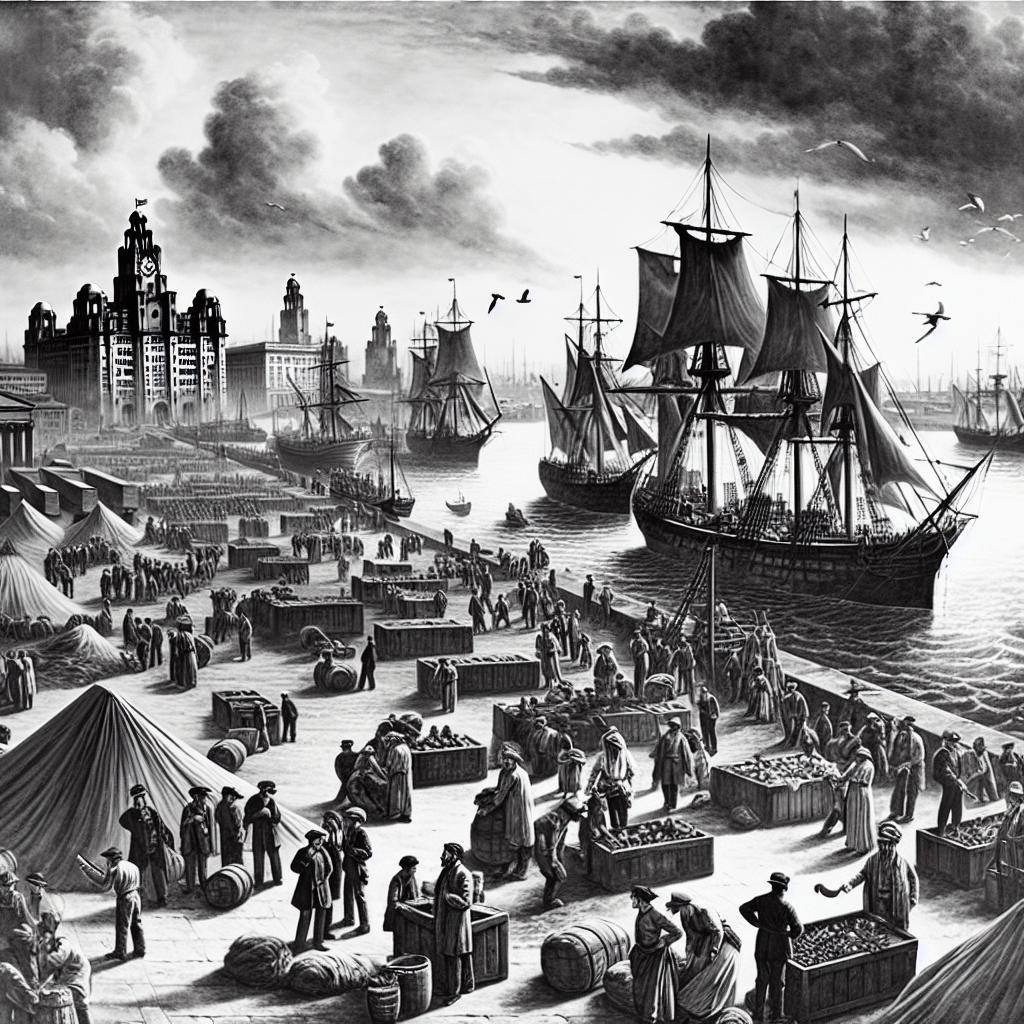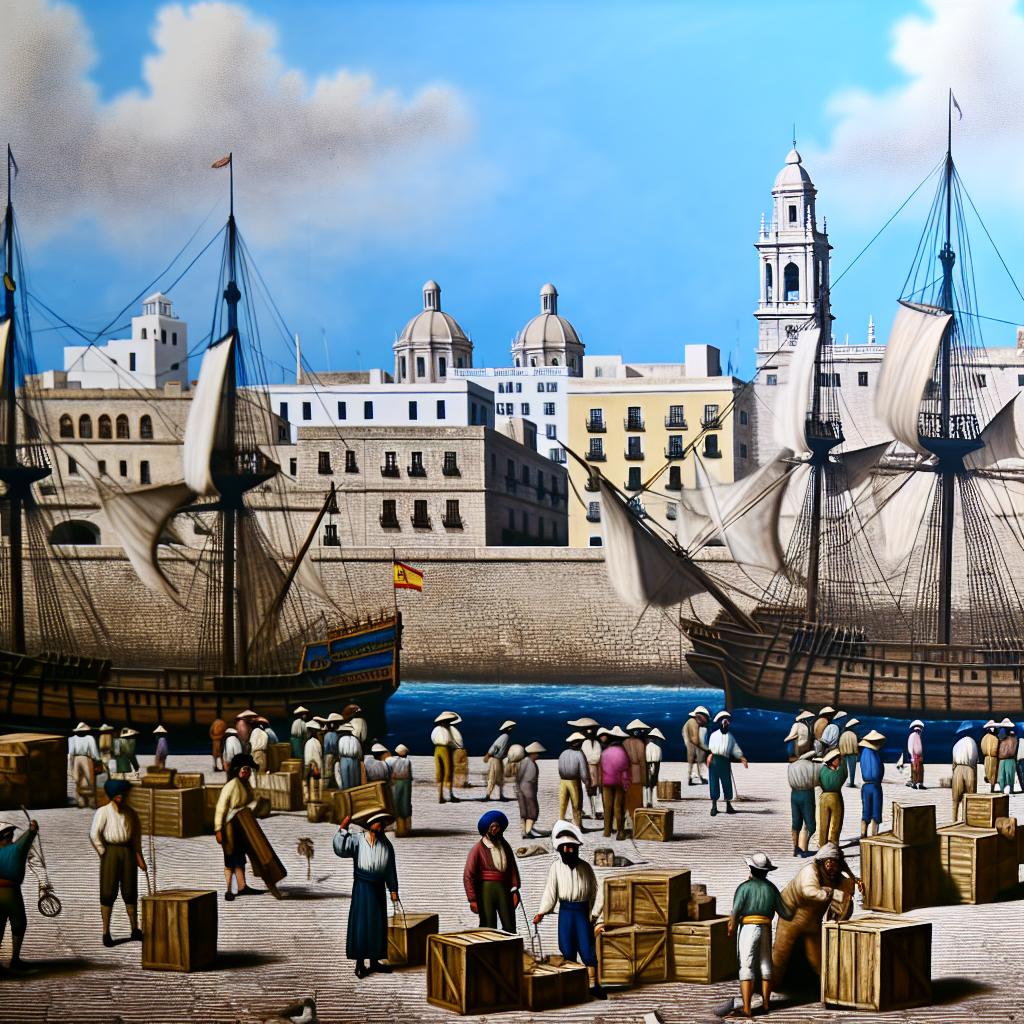The Early Beginnings
Established in 1630, the Port of Boston emerged as a critical hub for commerce within the New England region during the colonial era. Positioned on the Shawmut Peninsula, its naturally deep-water harbor proved advantageous for efficient maritime trade. As a result, the port rapidly developed into a bustling center for shipbuilding and fishing industries. This advantageous geographical positioning allowed Boston to handle a significant volume of maritime traffic, fostering an environment where trade and industry could flourish. The port was not only pivotal for local economic growth but also played a substantial role in enhancing colonial trade networks.
Role in the American Revolution
The Port of Boston was of profound importance during the events leading up to and following the American Revolution. In 1773, the infamous Boston Tea Party took place here, with American colonists vehemently protesting against oppressive British taxation by casting chests of tea into the harbor waters. This event underscored the port’s symbolic status as a site of resistance against colonial rule. Beyond being a place of protest, the port served strategically during the Revolution, providing a vital line for supplies and acting as a launch point for various revolutionary activities. Its significance during this tumultuous period promoted its reputation as an iconic site of American defiance and resilience.
19th Century: Industrial Growth
As the United States transitioned into the 19th century, the Port of Boston experienced substantial growth, catalyzed by the Industrial Revolution. The introduction of steamships significantly bolstered the port’s capabilities. They allowed for increased cargo capacity and expedited maritime travel, thus enhancing Boston’s ability to manage the burgeoning volume of international and domestic trade. With the promise of economic opportunity, the port became a magnet for immigrants, particularly those from Ireland, contributing richly to the city’s cultural and demographic tapestry. Consequently, Boston experienced an economic boom, reinforcing its position as a cornerstone of American trade and industry.
20th Century: Modernization and Decline
Despite facing challenges in the 20th century due to the rise of air travel and the flourishing of other U.S. ports, significant strides were made to modernize the Port of Boston. The mid-20th century witnessed the construction of the Conley Terminal, marking a decisive move to revitalize the port. This initiative incorporated container shipping technology, which was revolutionizing global trade economics during the era. These modernization efforts ensured that the Port of Boston remained competitive despite shifts in transportation trends and trade practices, retaining a pivotal role in maritime logistics.
Current Status and Economic Impact
Today, the Port of Boston is an indispensable player in the economic framework of the northeastern United States. Continuous advancements in technology and infrastructure have enabled the port to maintain its status as a primary gateway for international trade. It plays a crucial role in supporting the regional economy by creating numerous jobs directly linked to maritime operations and indirectly through associated industries like logistics, shipping, and trade management. The port’s efficacy and capability continue to fortify its position within the global shipping network, proving its resilience and continued relevance in modern commerce.
Cultural and Historical Importance
Beyond its economic implications, the Port of Boston is steeped in cultural and historical significance. It stands as a testament to America’s rich maritime heritage and serves as a living representation of the evolution of transatlantic trade and industrial progressions throughout the centuries. Sites preserved around the port offer insights into its storied past, attracting not only tourists but scholars who are keen on exploring its profound influence on societal changes and industrial advancements. This blend of history and culture enriches the narrative of the port, elevating its status beyond mere commerce to one of a historical and educational treasure.
Conclusion
In conclusion, the evolution of the Port of Boston from a colonial trading center to a modern economic powerhouse is emblematic of broader historical and economic trends within the United States. By exploring its history, stakeholders and the public alike can garner a deeper appreciation for its significant impact on national development and its enduring importance in the global shipping industry. Its story is not just one of trade and commerce; it is a saga of adaptation, resilience, and an unwavering spirit that mirrors the broader American experience. The port remains a vital component of regional growth, poised to continue contributing significantly to both the local and global economy in future years.




